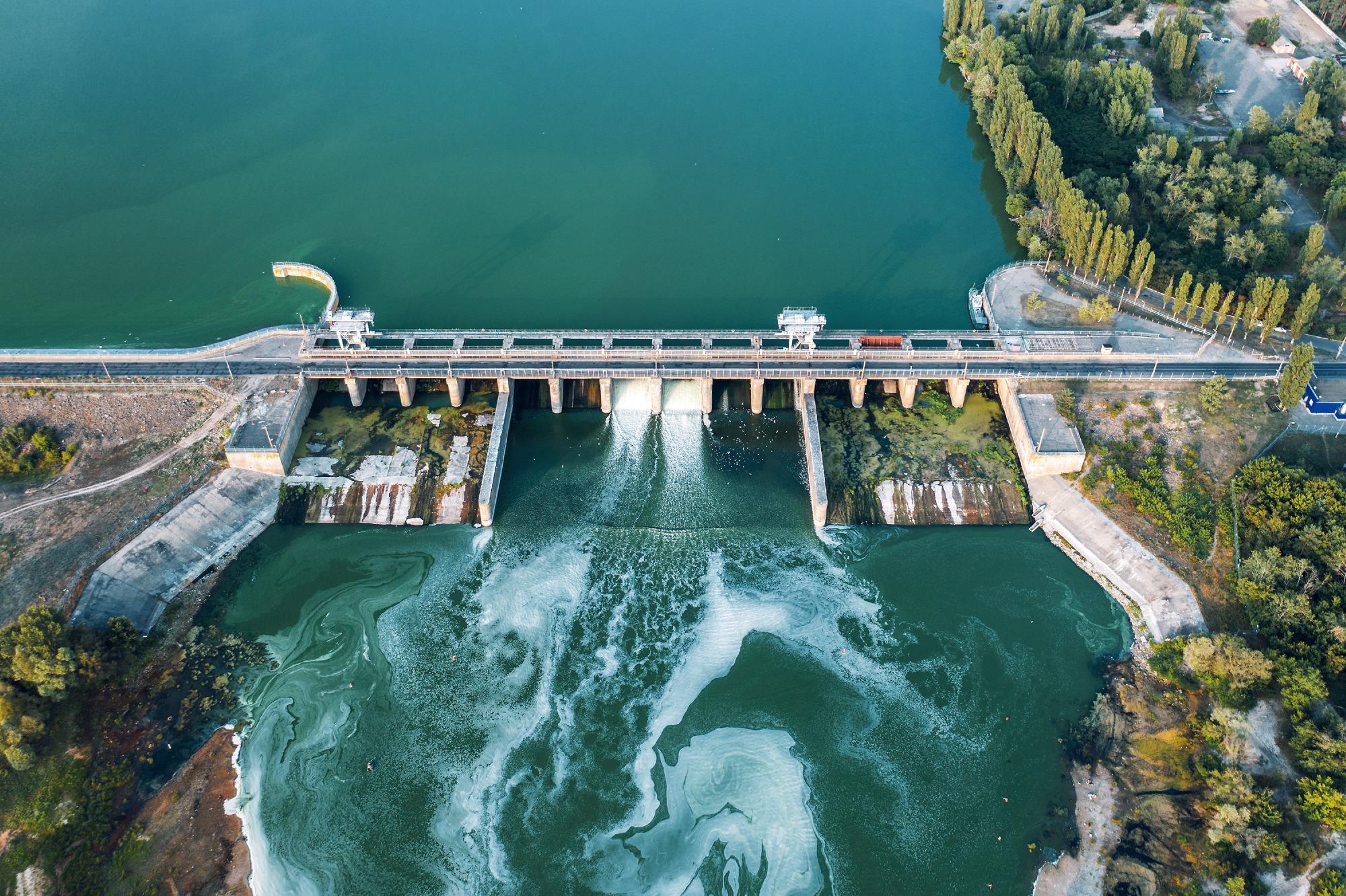Reviewed by Alex SmithAug 13 2021
According to McGill University scientists, more than 260,000 km of rivers could probably be severed by planned hydroelectric developments.

Image Credit: Shutterstock.com/ DedMityay
The Amazon, the Irrawaddy and the Congo are some of the rivers vulnerable to losing their free-flowing status if the intended construction of new hydropower dams takes place. The research conducted by World Wildlife Fund (WWF) and published recently in the Global Sustainability journal demonstrated that planned reservoirs and dams are the major contributors to the decline of free-flowing rivers globally.
The study also offers a comprehensive list of science-based solutions to lower the impacts of hydropower development in rivers.
We used a dataset of more than 3700 potential hydropower projects and calculated their impacts on rivers worldwide. It was sobering to learn that many of today’s remaining free-flowing rivers are at risk of being permanently transformed by new energy infrastructures.
Bernhard Lehner, Professor, Global HydroLab, McGill University
Bernhard Lehner developed the underpinning global river maps.
Furthermore, the research also discovered that all the planned dams on free-flowing rivers would generate together less than 2% of the renewable energy required by 2050 to restrict global temperature increase below 1.5 °C — a minor contribution with potentially devastating effects to the remaining free-flowing rivers, wildlife and the people who rely on them.
The scientists propose that, as global leaders summon for a critical round of UN climate and biodiversity summits by fall, policymakers should contemplate the tradeoffs between hydropower development and sustaining healthy freshwater ecosystems.
Looking at the Tradeoffs — Hydropower Development vs Environmental Costs
It is true that hydropower is a source of renewable energy with relatively low carbon emissions. However, hydropower projects can permanently and irreversibly impact river and floodplain dynamics and functions, often in tropical wilderness areas with high biodiversity.
Günther Grill, Post-Doctoral Fellow, McGill University
Günther Grill crunched the numbers and created the spatial environmental assessment model to evaluate the effect of future dams.
The policy paper highlights the fact that connected and healthy rivers deliver various benefits that are mostly overlooked — freshwater fish stocks that enhance food security for hundreds of millions of people, delivery of sediments that nurture agriculture and maintain deltas above rising seas; and floodplains that help alleviate the effect of floods and sustain a wealth of biodiversity.
When it comes to river health, climate change and biodiversity loss, we can no longer afford to think of these as separate issues. Rivers are powerful agents for keeping wildlife and communities healthy, especially in a warming climate, yet their ability to support life is threatened by hydropower dams in many parts of the world.
Michele Thieme, Study Lead Author and Lead Freshwater Scientist, World Wildlife Fund
“The best policy solutions will be those that balance renewable energy needs with the many benefits of thriving freshwater ecosystems,” adds Michele Thieme.
Safeguarding Free-Flowing Rivers While Meeting Climate Targets and Energy Needs
In the current study, the scientists collated a list of science-based policy solutions to help meet climate targets and energy goals, and at the same time protecting free-flowing rivers and their advantages to people and nature.
These solutions include preventing fragmentation of rivers by looking for alternative development options, like non-hydro power renewable energy (solar and wind), reducing impacts by siting dams in places with less impact on nature and people, restoring rivers by removing dams or offsetting the adverse effects of dams on one river by formally safeguarding another, identical river.
Lehner says, “There has been a long history of conflicts, studies, and debate over how to both protect rivers and develop them sustainably.”
“With a pause in new developments caused by the global pandemic, anticipated further implementation of the Paris Agreement, and high-level global climate and biodiversity meetings in 2021, now is an opportune moment to consider the current trajectory of development and policy options for reconciling dams with freshwater system health,” concluded Lehner.
Journal Reference:
Thieme, M. L., et al. (2021) Navigating trade-offs between dams and river conservation. Global Sustainability. doi.org/10.1017/sus.2021.15.